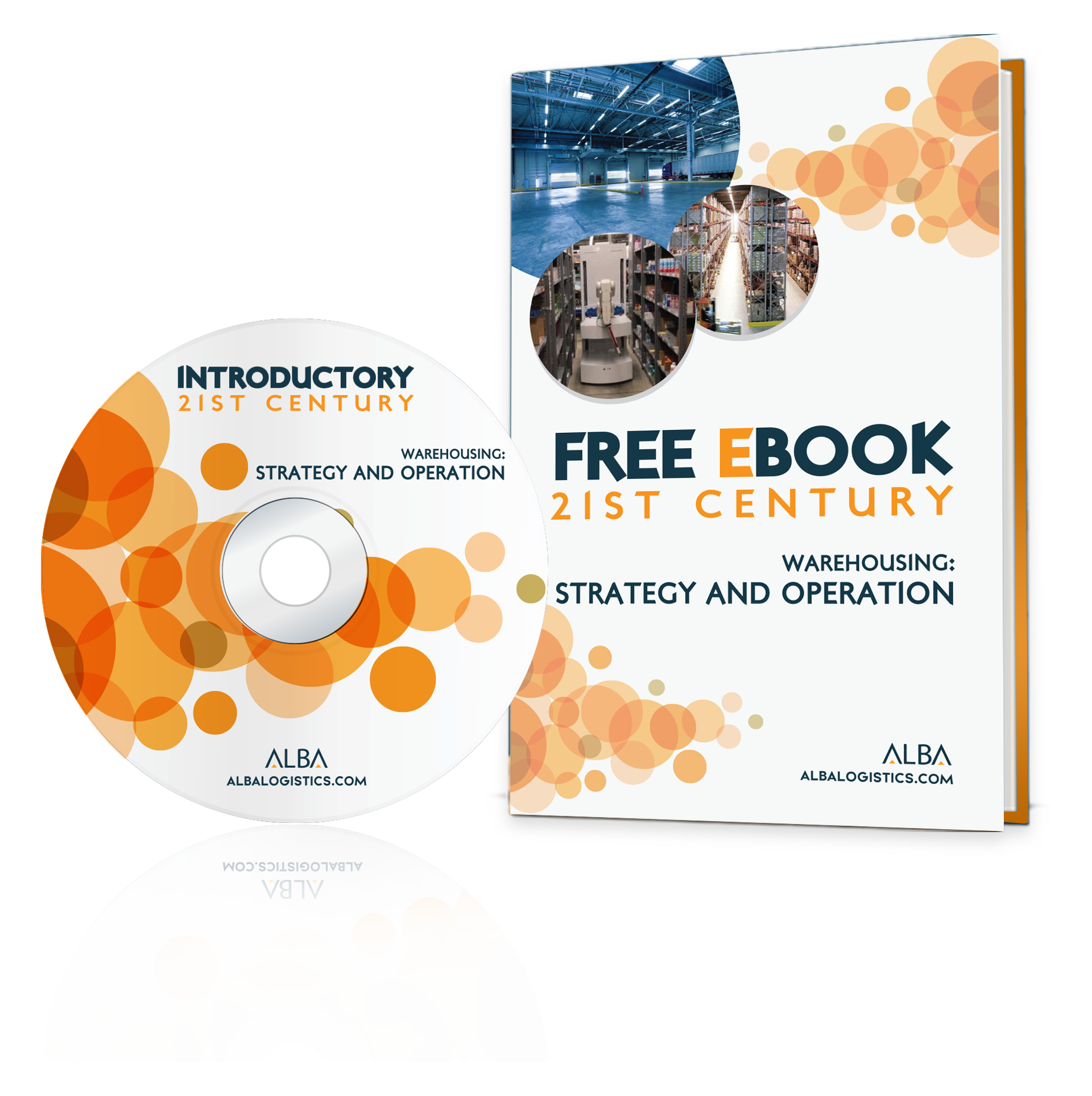Considering Automation for your Distribution Centre? – It’s a Strategic Business Decision
Given the myriad challenges that distribution centre operators have been facing over the last couple of years, both in business-to-business (B2B) and business-to-consumer (B2C) operations, it is not surprising that many are wondering whether now is the time to automate some or all their operations.
The challenges have included a big shift towards e-commerce with rapid fulfilment expectations on the part of customers during COVID restrictions. This has significantly increased labour intensity and the requirement for manpower in conventional distribution centres at precisely the time when COVID restrictions and infections were forcing many workers to stay at home.
As COVID restrictions have eased through 2022, labour shortages have persisted due to multiple factors, including changing economic, demographic, and social trends. Additionally, we have experienced a sharp and sustained increase in inflation rates worldwide that is putting upward pressure on labour costs.
It would seem then, that investing in automation now would be the right thing to do, and in many cases it is. What is more, investing in productive assets that improve productivity can be a very effective inflation busting move for the longer term. If you have access to capital or credit now, it can make a lot of sense to invest it in just such a productive asset for the future rather than sit on it as the value of money is eroded by inflation.
It is important however not to lose sight of the fact that whether to automate the operation of your distribution function is a strategic business decision as opposed to just a technical, financial or tactical one in response to short-term pain. This is because automating the DC is a fundamental operational paradigm shift with repercussions right through the business, not just in physical operations.
Moving to automated operations in the DC will have major implications for data management, purchasing, human resources, skills development and talent retention, customer service, and logistics operations. Furthermore, it is a considerable investment of time, money and effort that requires strong in-house capability and competence as well as external support to implement. From concept to go-live can take one to two years, even for moderately sized projects.
Therefore, the right place to start is not necessarily visiting shows and exhibitions to see the latest automation solutions available. Now, I am not saying that you shouldn’t do this if you so wish, but rather, I am advising you to first think through where your various customer segments are moving to in terms of their future expectations and how best you can address those expectations.
You may find that this can be done best through improved conventional operations, or automated operations, or a combination of both. It is also important to know very clearly where you are starting from operationally, and to realistically gauge the true business benefits of automating. If you are not already optimised in your conventional operations you may end up with a misleading return on investment calculation.
Over the last number of years, I have assisted several clients in the distribution sector to formulate and execute their operational strategies. In some cases, automation did indeed prove to be the solution to pursue immediately, in others, many of the desired outcomes in terms of productivity, quality and accuracy could be achieved by optimising conventional operations, while in other cases it required both solutions implemented in a two-pronged approach on parallel but separate timelines.
If you would like to discuss how I can help you and your business to formulate and implement your distributions operations strategy you can contact me directly on +353 86 811 6030 or pdaly@albalogistics.com, wherever you are in the world, to start the conversation.
You may also like to listen to my Interlinks podcast here Patrick Daly Interlinks Podcast (albalogistics.com) or subscribe on Apple Podcasts, Spotify, and other main podcast platforms where there are over 100 recorded interviews on diverse topics related to all aspects of supply chain and logistics with business practitioners from all around the world.

